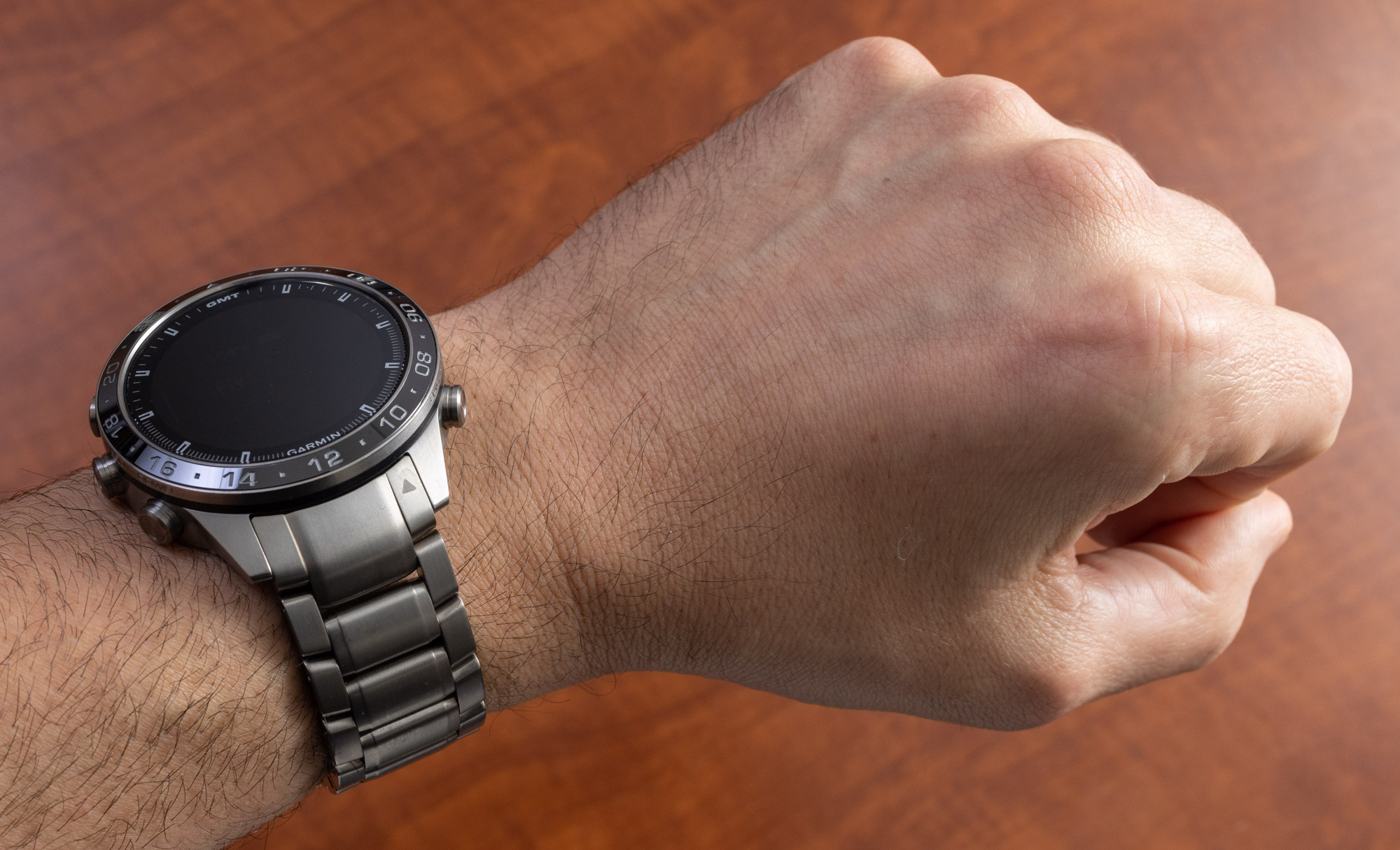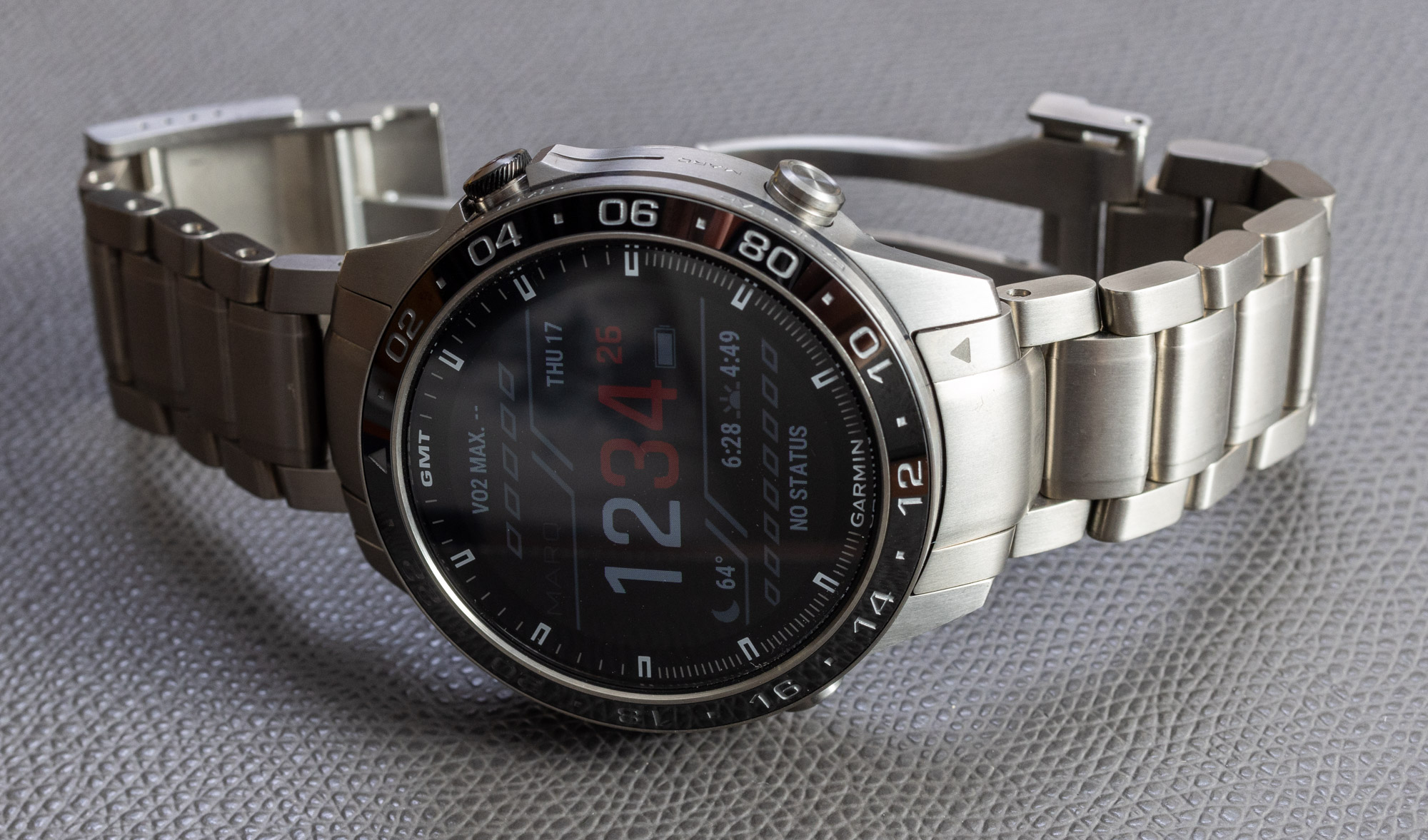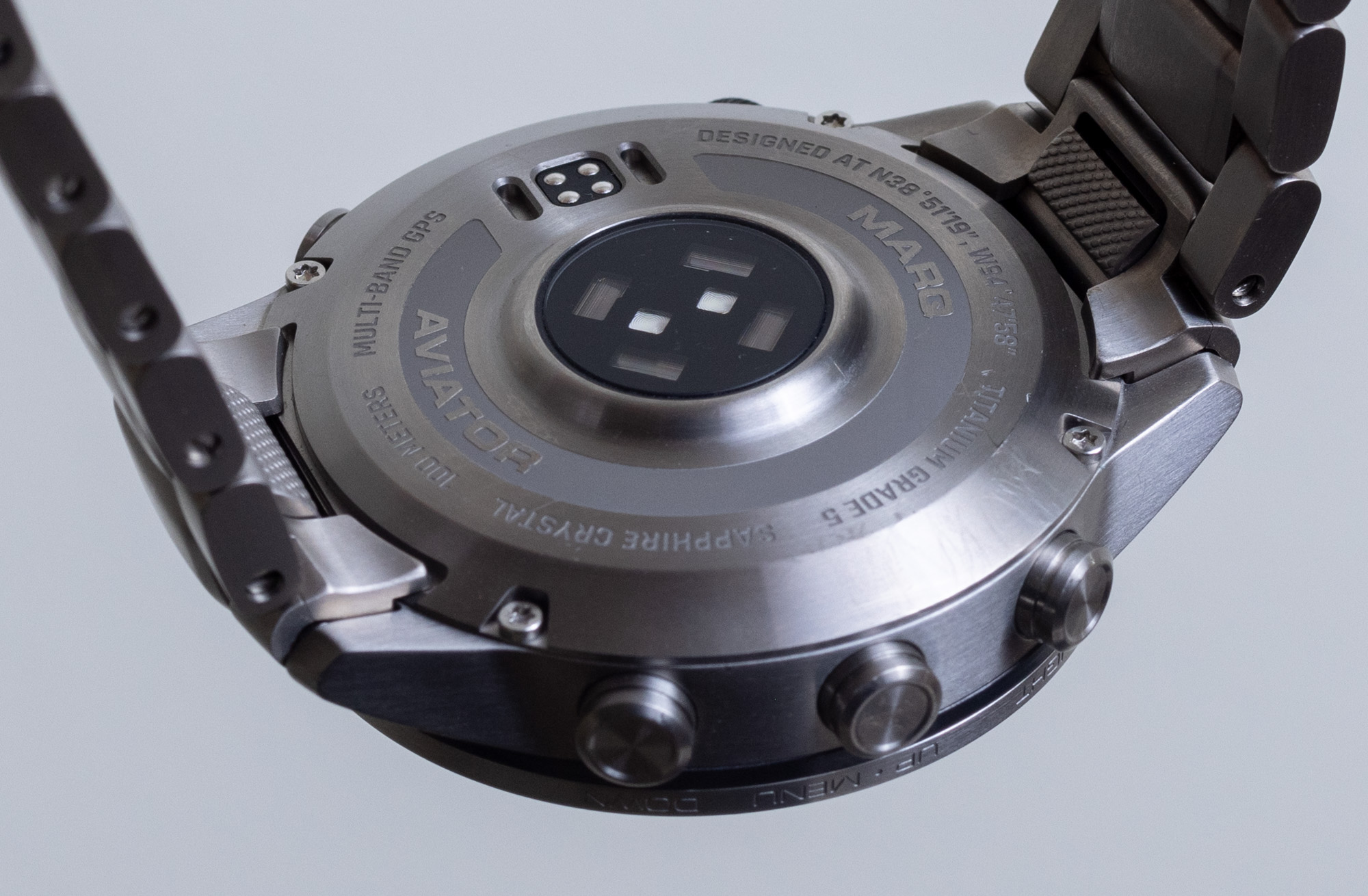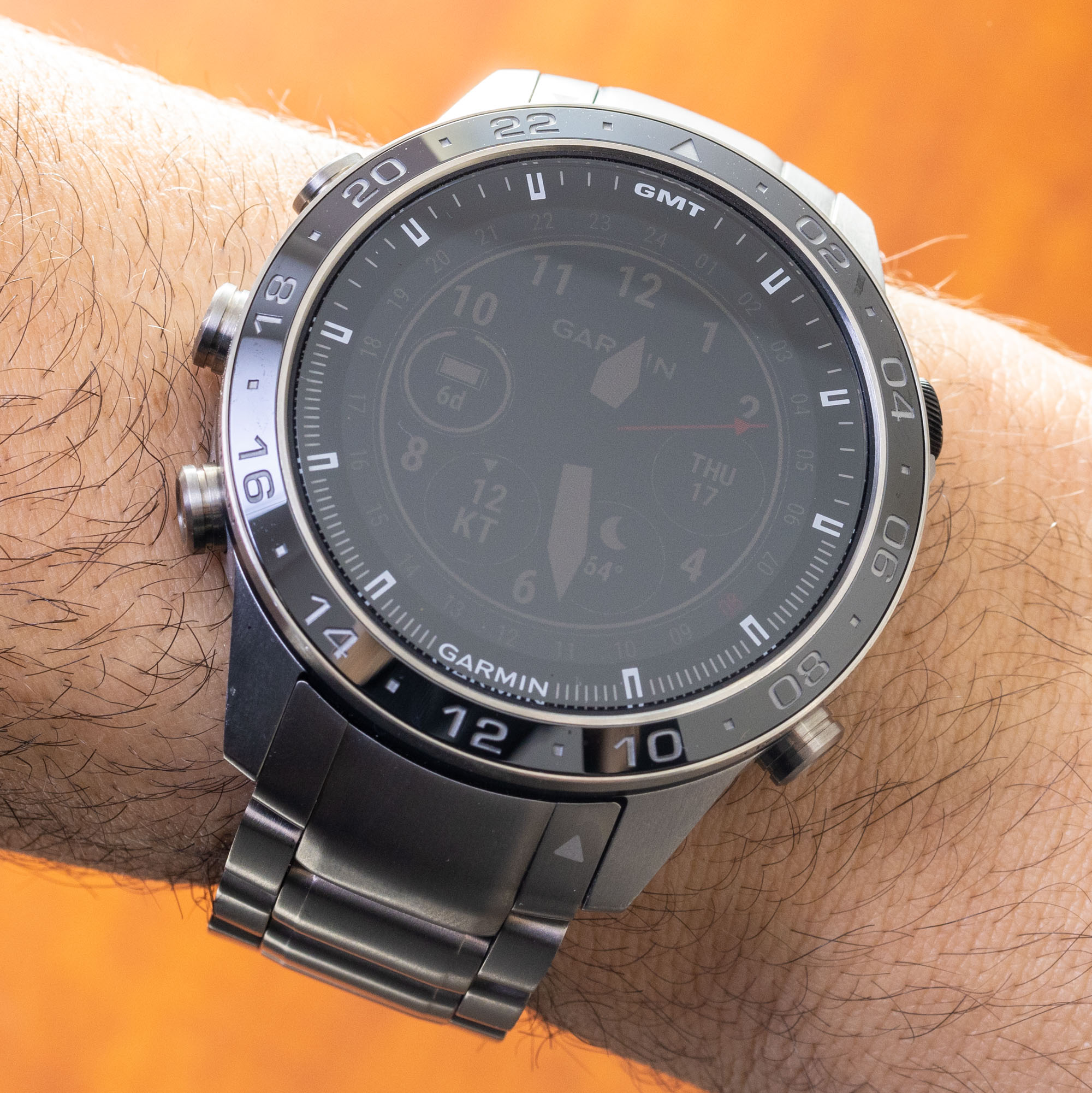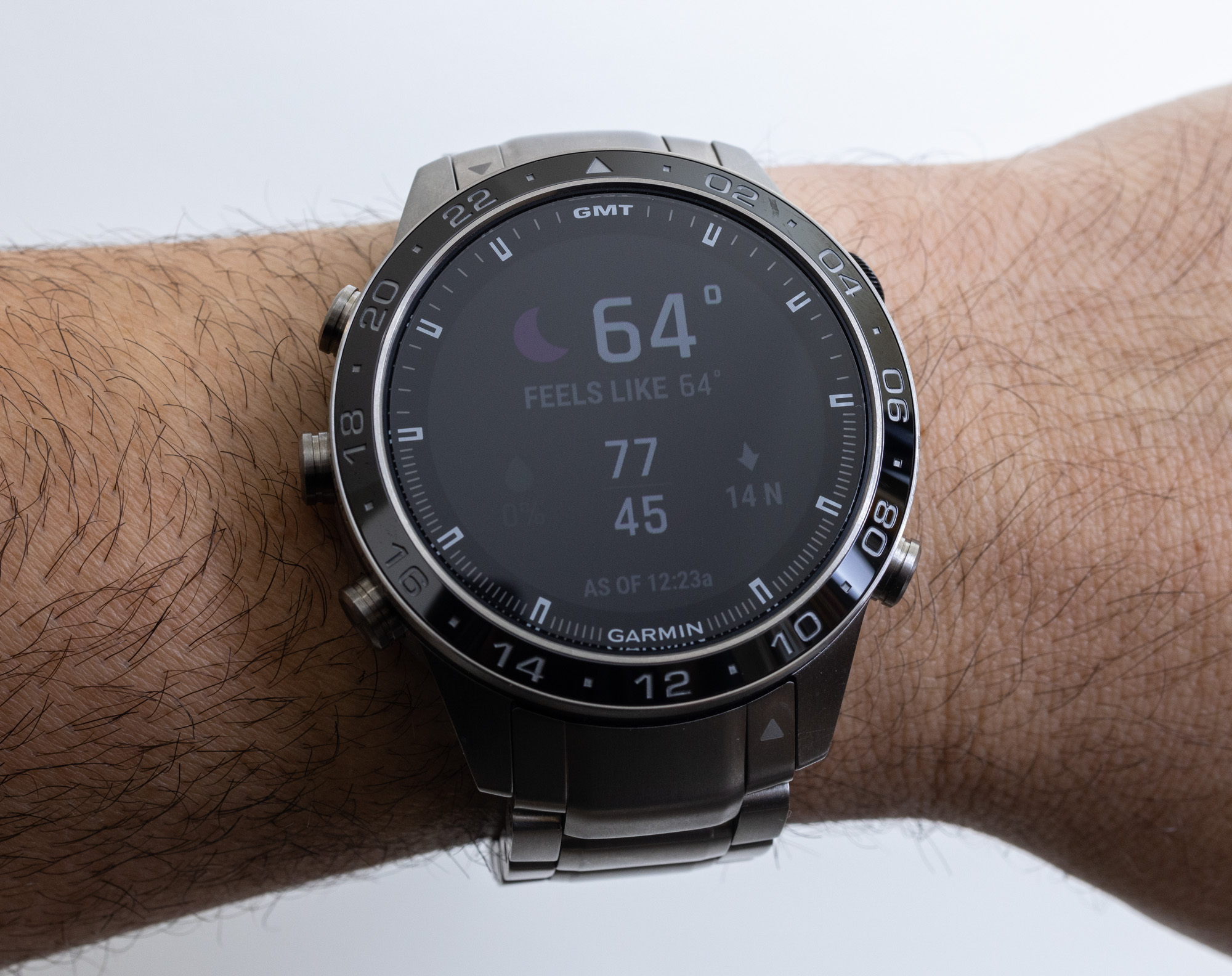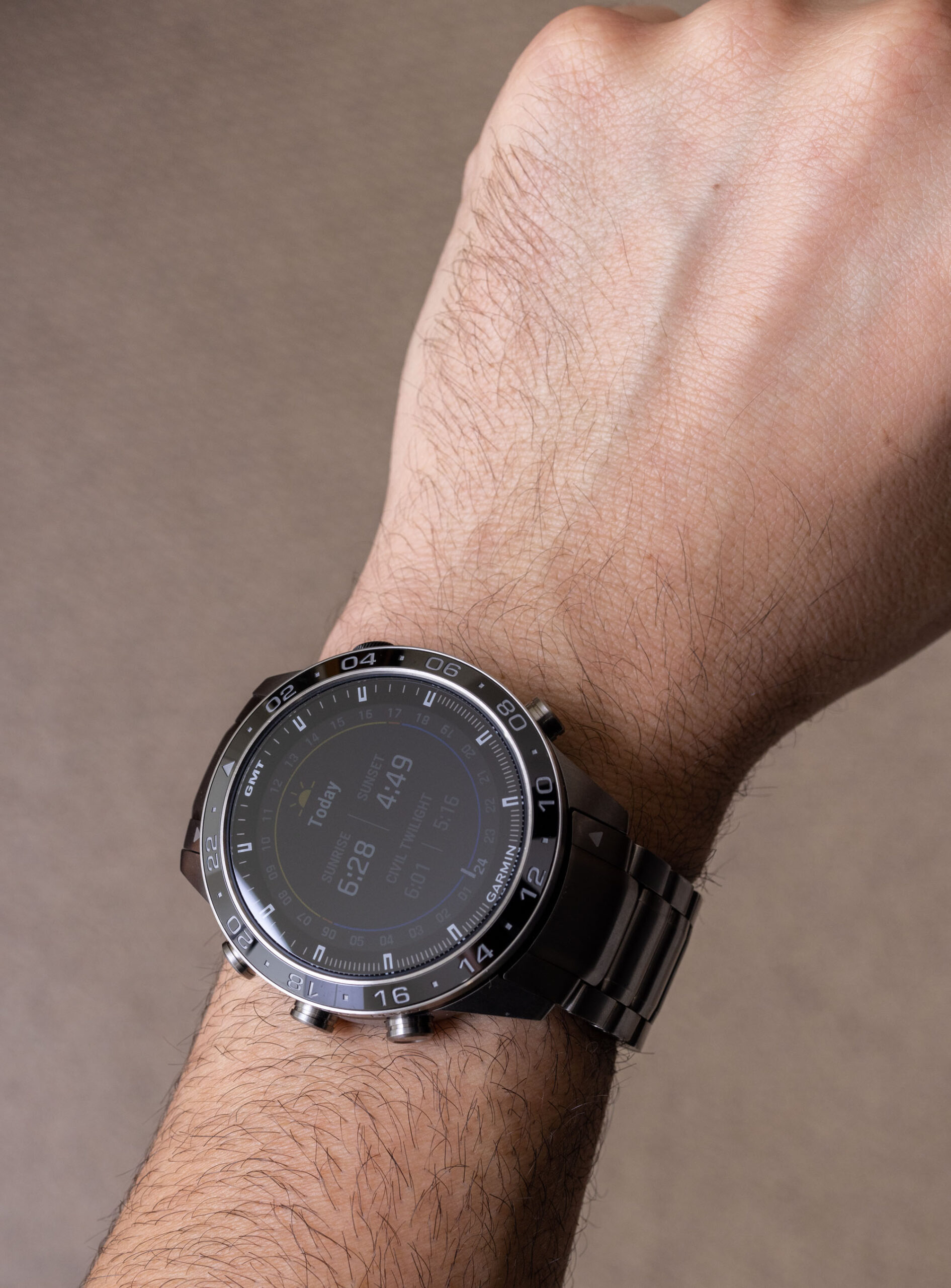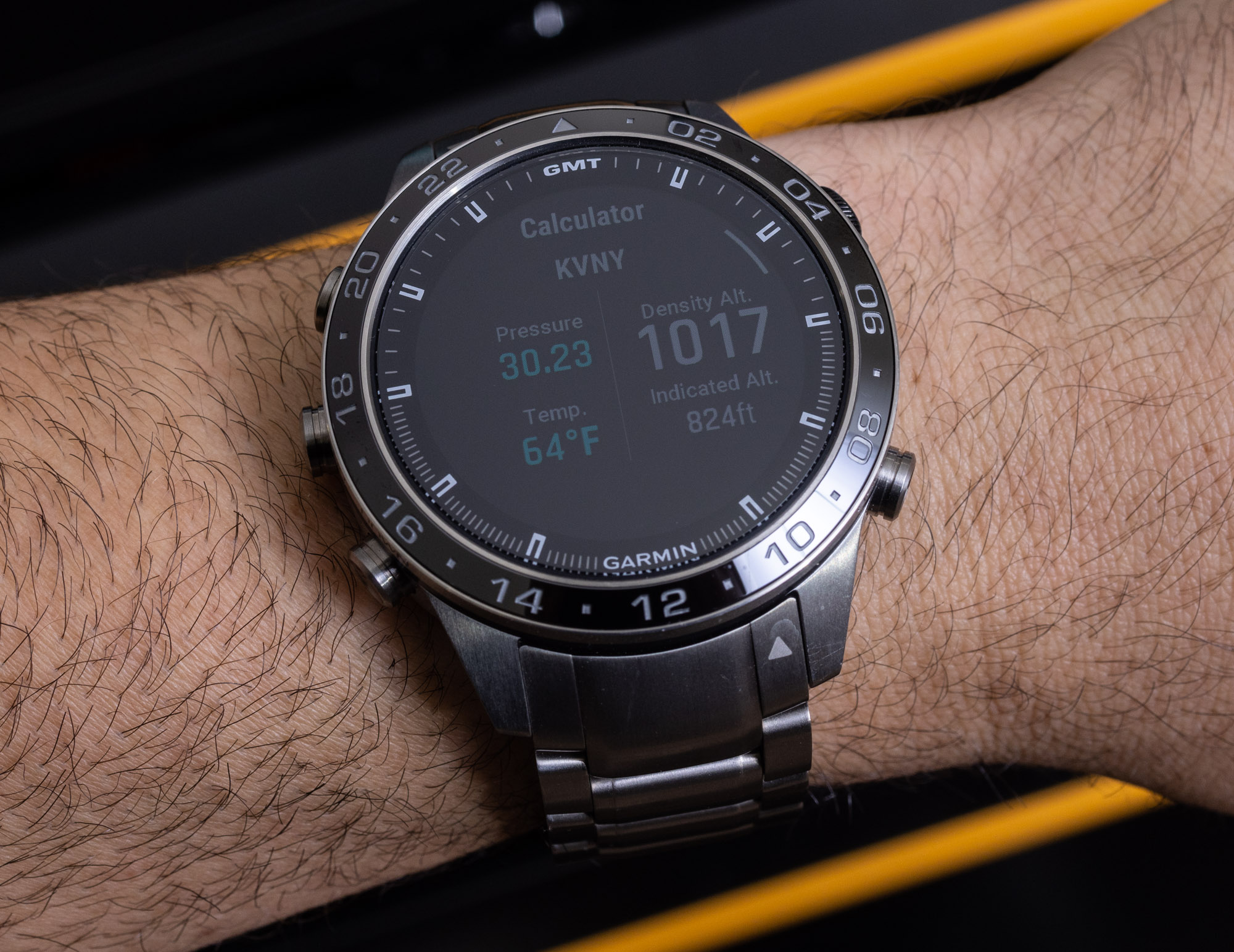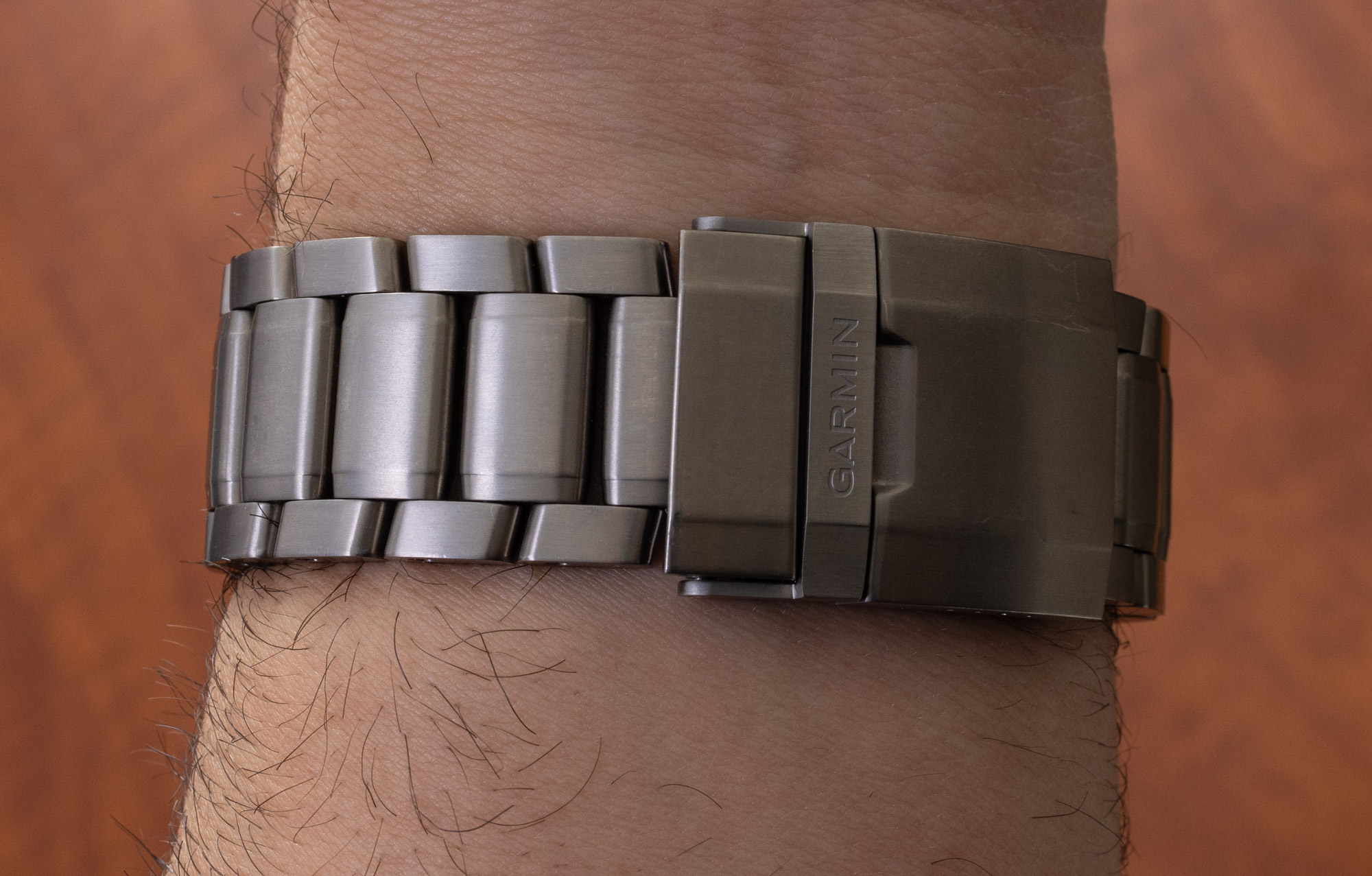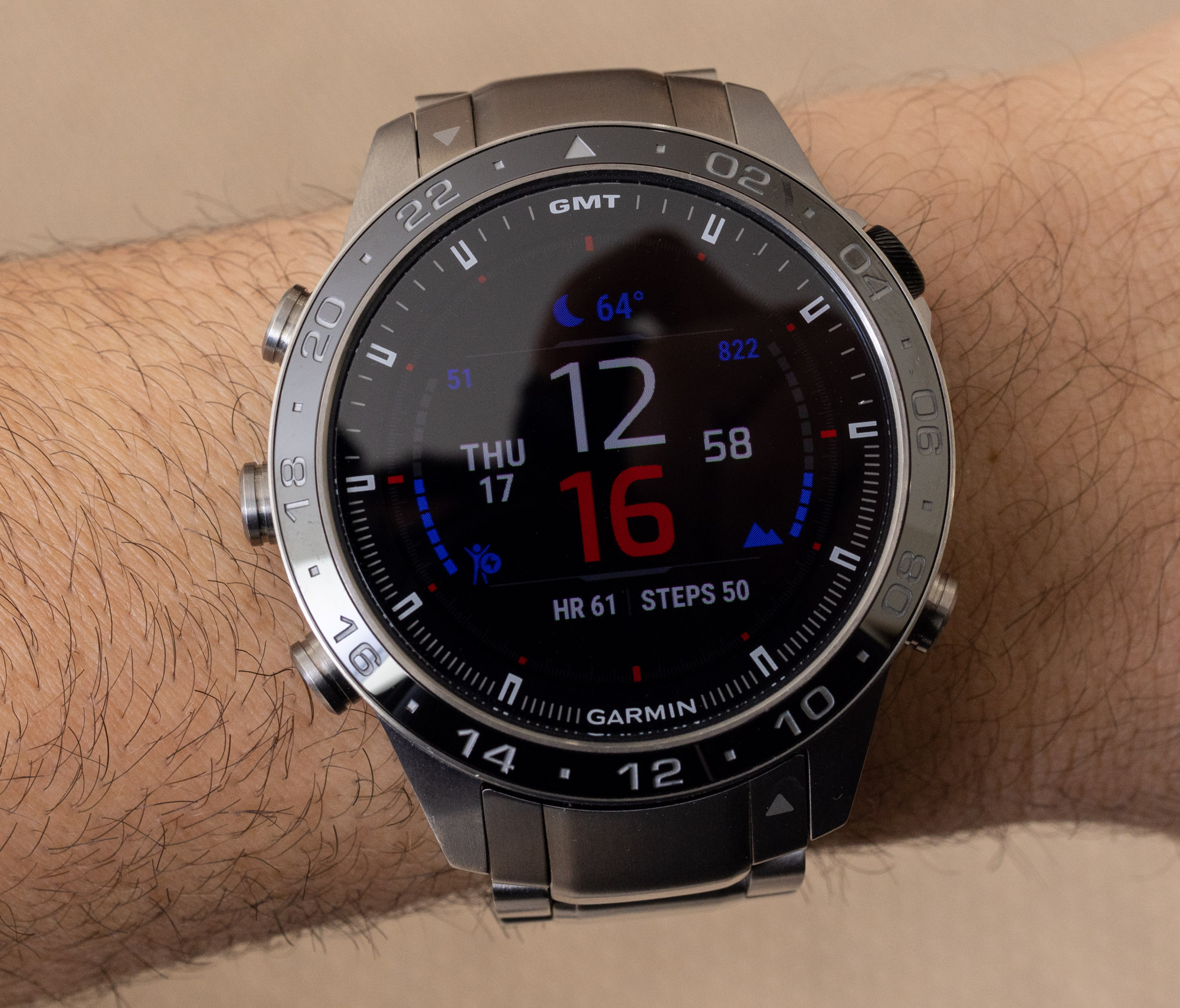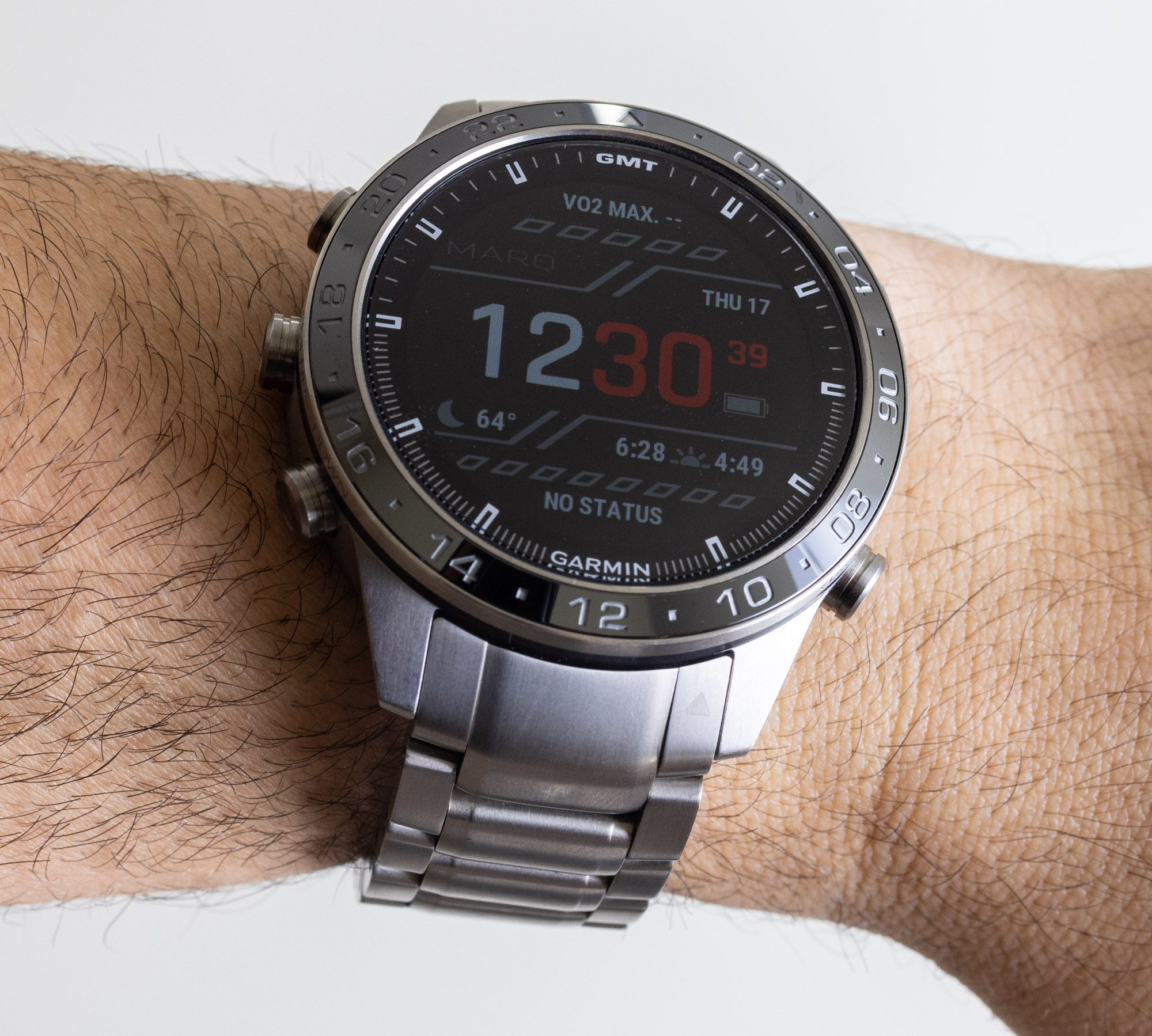
For 2022, Garmin has updated its high-end MARQ smartwatch collection with a “Gen 2” product that builds upon the original (aBlogtoWatch Garmin MARQ review here) while maintaining the same personality and product positioning. Garmin originally released the MARQ in 2019 in Barcelona, Spain showing off some of the various activities the watches were intended for. While Garmin continues to develop and produce an impressive number of smartwatches (of all types), the MARQ sits at the top as Garmin’s flagship collection, produced with the finest materials. That isn’t to say that some of its other high-end smartwatches don’t come close to MARQ standards. Indeed, it can be confusing to know which Garmin watches can do what, and a lot of the high-end materials including titanium and sapphire crystal are available in other higher-end Garmin watches.
Where the MARQ collection excels most is in offering a smartwatch experience that in many ways feels as though you are wearing a traditional luxury watch. The aim of the MARQ is to be a smartwatch you can wear during sports and adventures, as well as during business and social settings. This translates into Garmin applying its best design ethos, as well as a more complete list of high-end materials to the various MARQ family watches, with this particular model, the MARQ Aviator Generation 2.
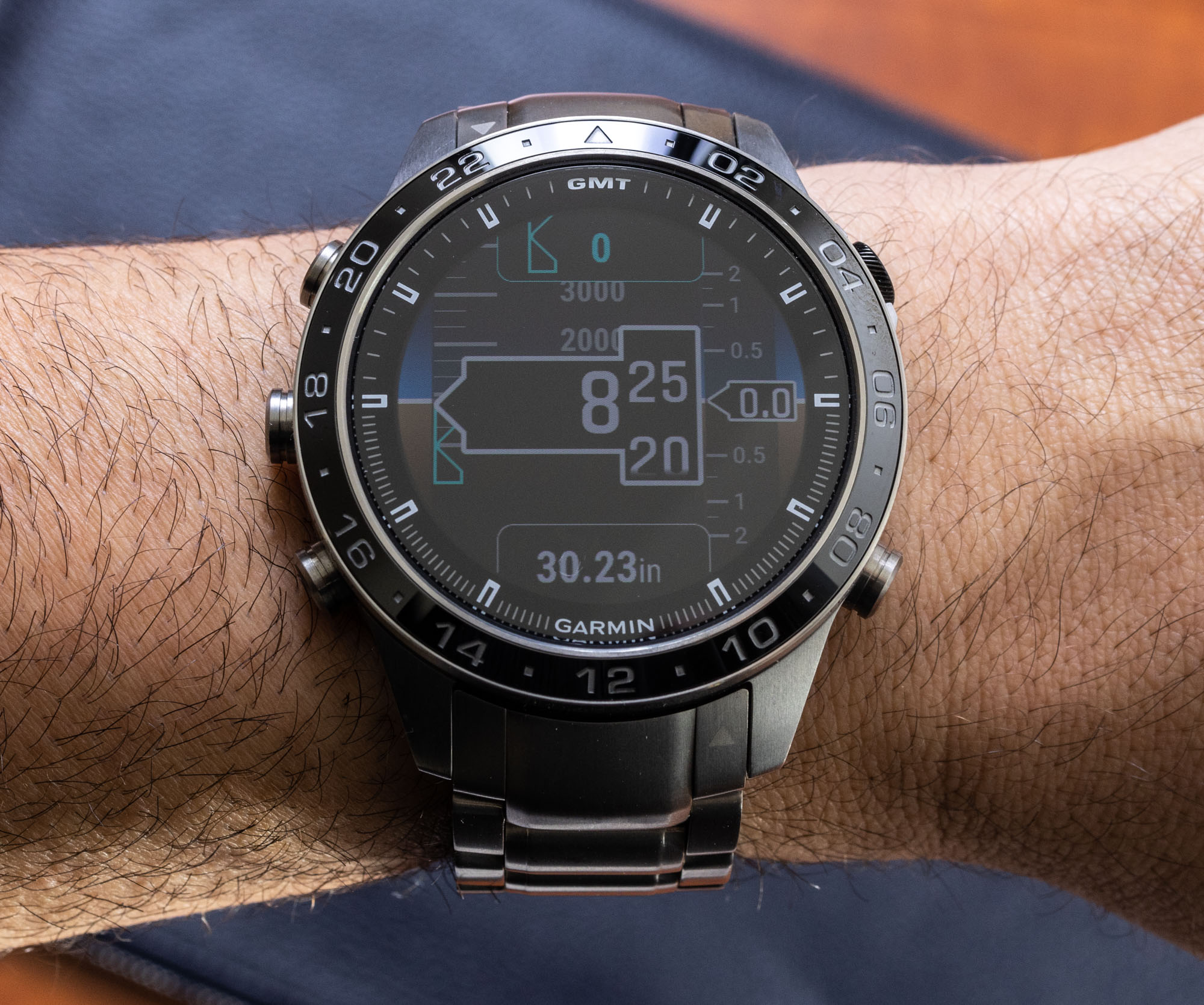
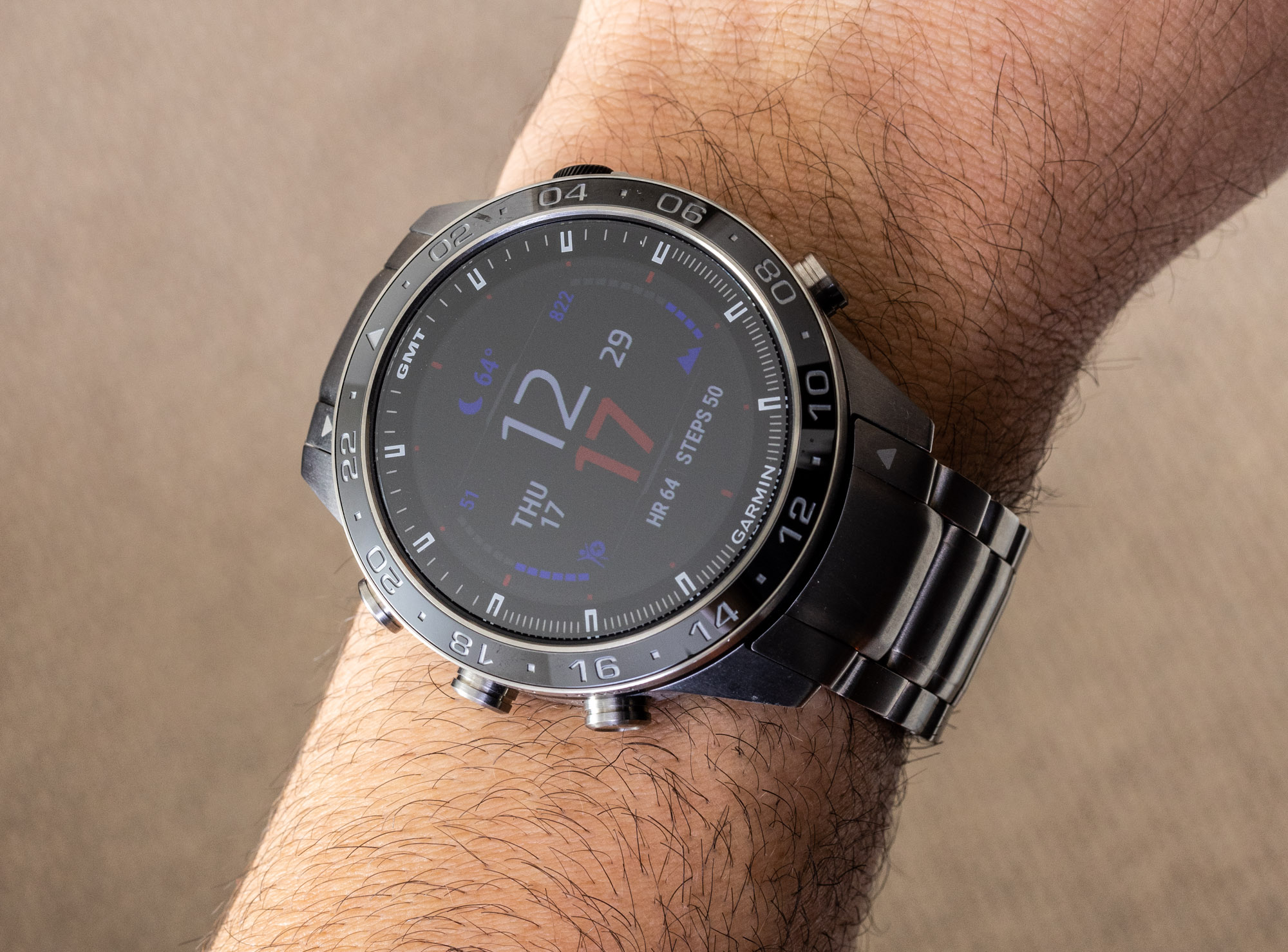
Garmin currently produces five versions of the MARQ Gen 2, including the MARQ Adventurer, MARQ Athlete, MARQ Golfer, MARQ Captain, and the MARQ Aviator. Each model has a slightly different design and included software. Theoretically speaking, all of the watches should be able to perform all of the tasks that other MARQ watches do, but I am not entirely sure if it is readily possible to download the necessary software on all of the devices.
Users often need to explore and experiment with functionality in their Garmin devices to get to know them best. That means the learning curve can be steep, but the product experience is nevertheless rewarding. You get the sense that Garmin isn’t just producing a consumer smartwatch but rather a very serious professional device that anyone can use. So, if the Apple Watch has a dead-simple out-of-the-box experience with very few customization options, the Garmin MARQ offers a rich world of customization and features expansion that requires spending time with the product and diving deep into the software experience.
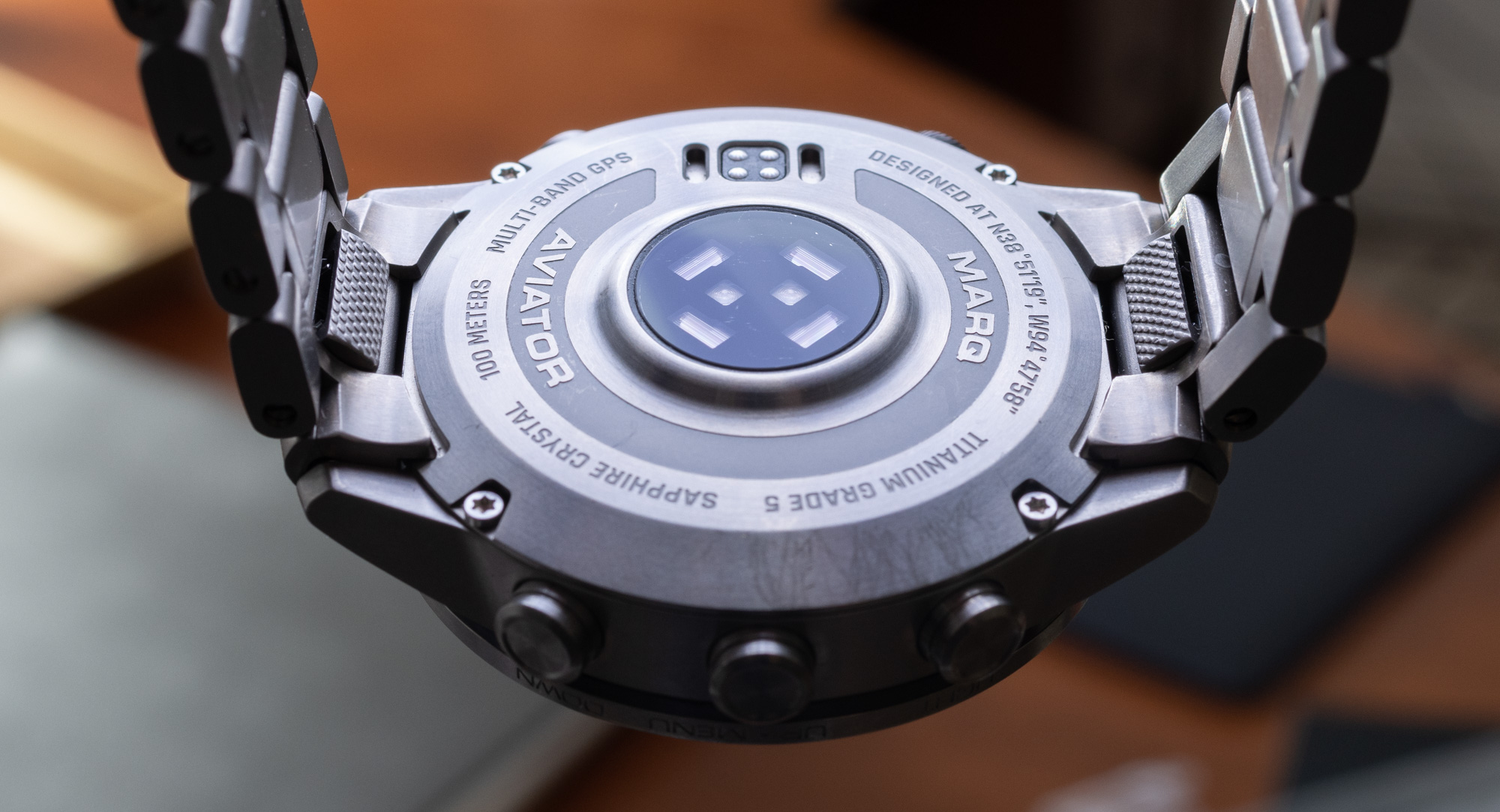
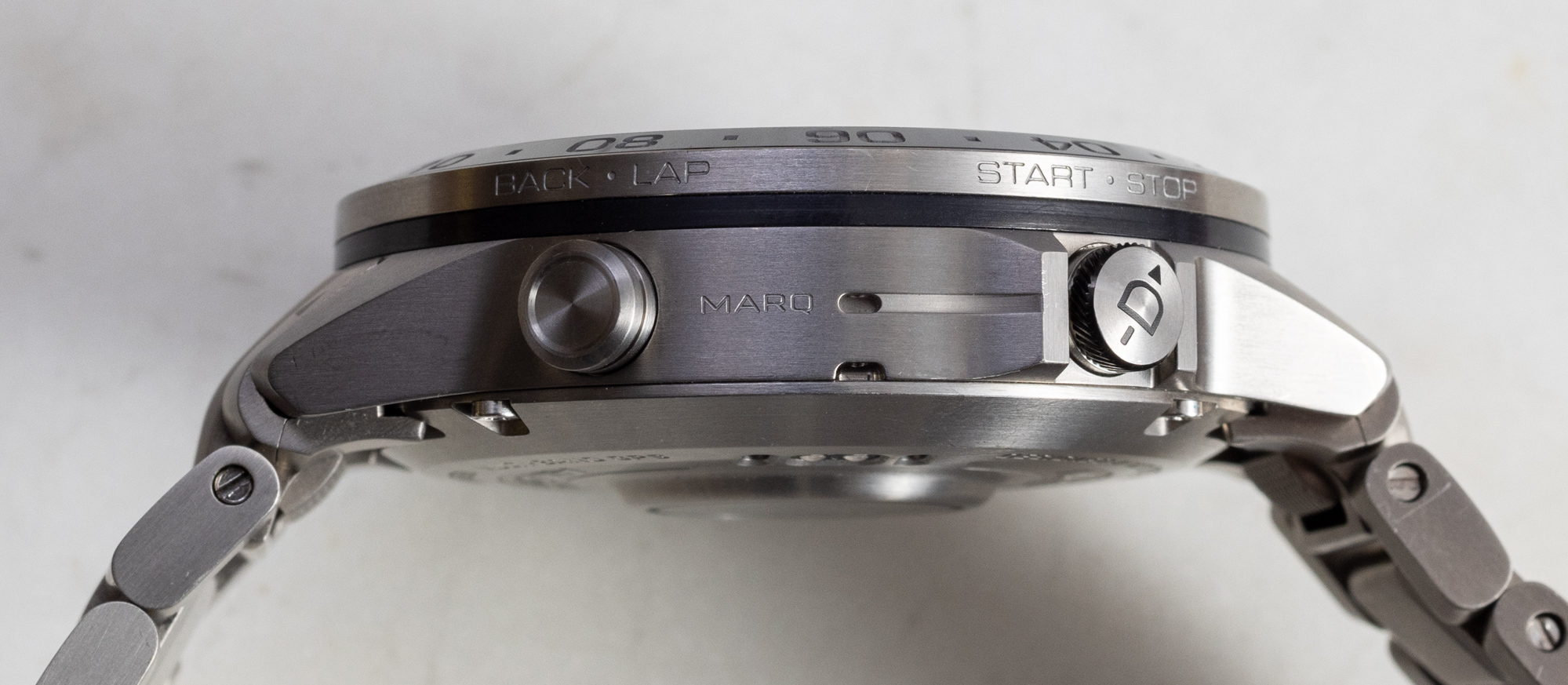
The things you can do with a MARQ Gen 2 watches are extremely impressive if you really explore the system and interface (including software you can download that doesn’t necessarily come pre-installed). This includes controlling onboard Garmin avionics (on planes), Garmin marine equipment (on boats), and a host of special features for sports, golfing, adventuring, and training. The watches will do everything from track your stress to your sleep, and so much in between (such as whether you are drinking enough water). What is missing a bit, in my opinion, are the tools and features for everyday things. If you are a pilot or professional athlete, then Garmin has you covered with more robust smartwatch tools than any competitor. If, however, you are just going about your daily business, commute, and routine, then Garmin offers precipitously less novelty that isn’t already easily available from the competition. In my opinion, right outside of the product box, Apple and Google tend to offer more relevant “smartwatch guidance” when it comes to “normal everyday things,” but I am confident that Garmin will get there.
This discussion is relevant for the MARQ family because, as time passes, I think part of the value proposition is in the software experience as much as the hardware experience. There is little Garmin could be doing to make this watch feel more high-end and still be a fully-functioning smartwatch. The titanium case construction, speedy hardware, and overall excellent construction show how good the company is at making its devices. The software is great, but Garmin can work on making its features more accessible and intuitive, which I feel will be a defining factor in many of tomorrow’s best luxury smartwatch offerings.
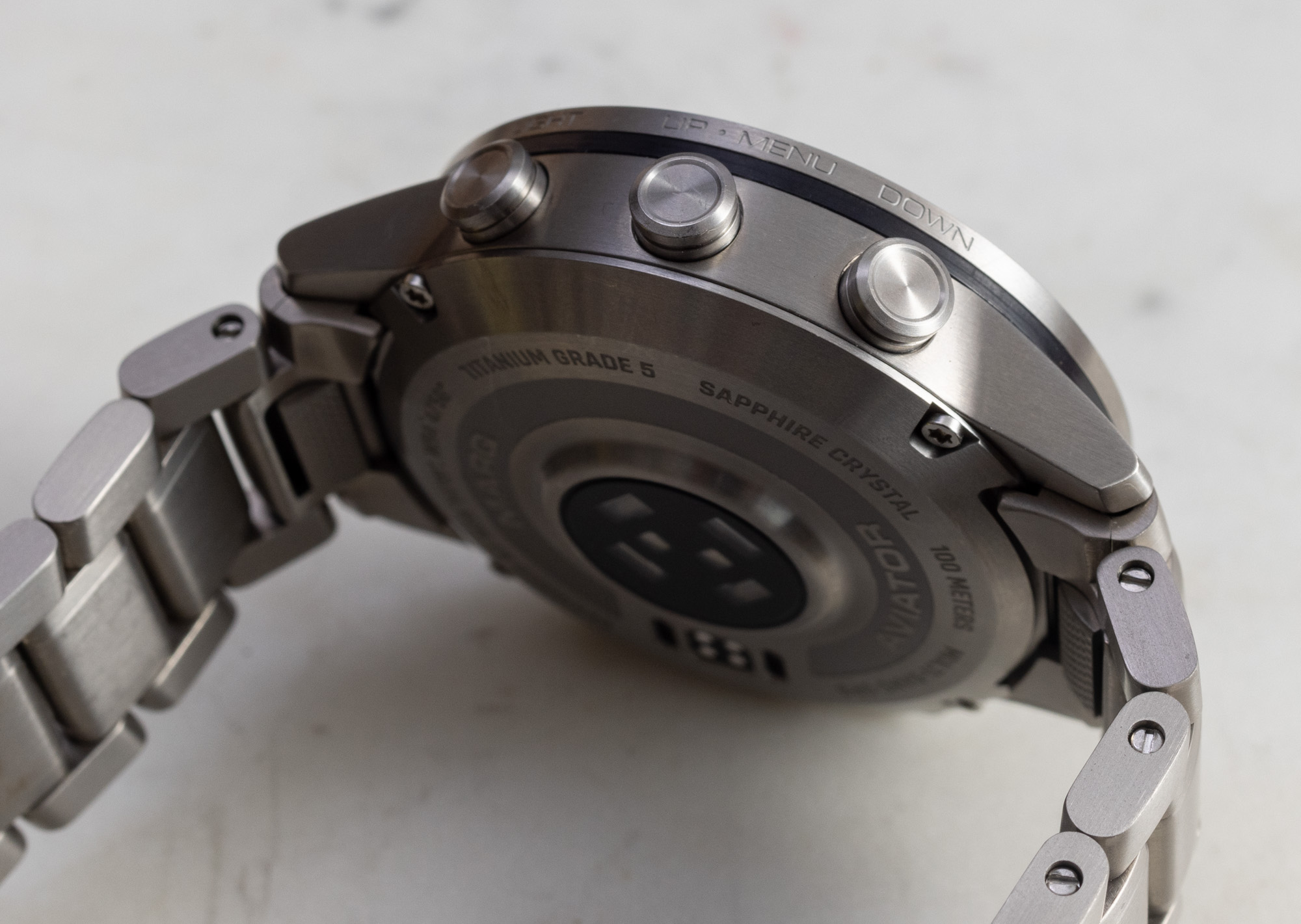
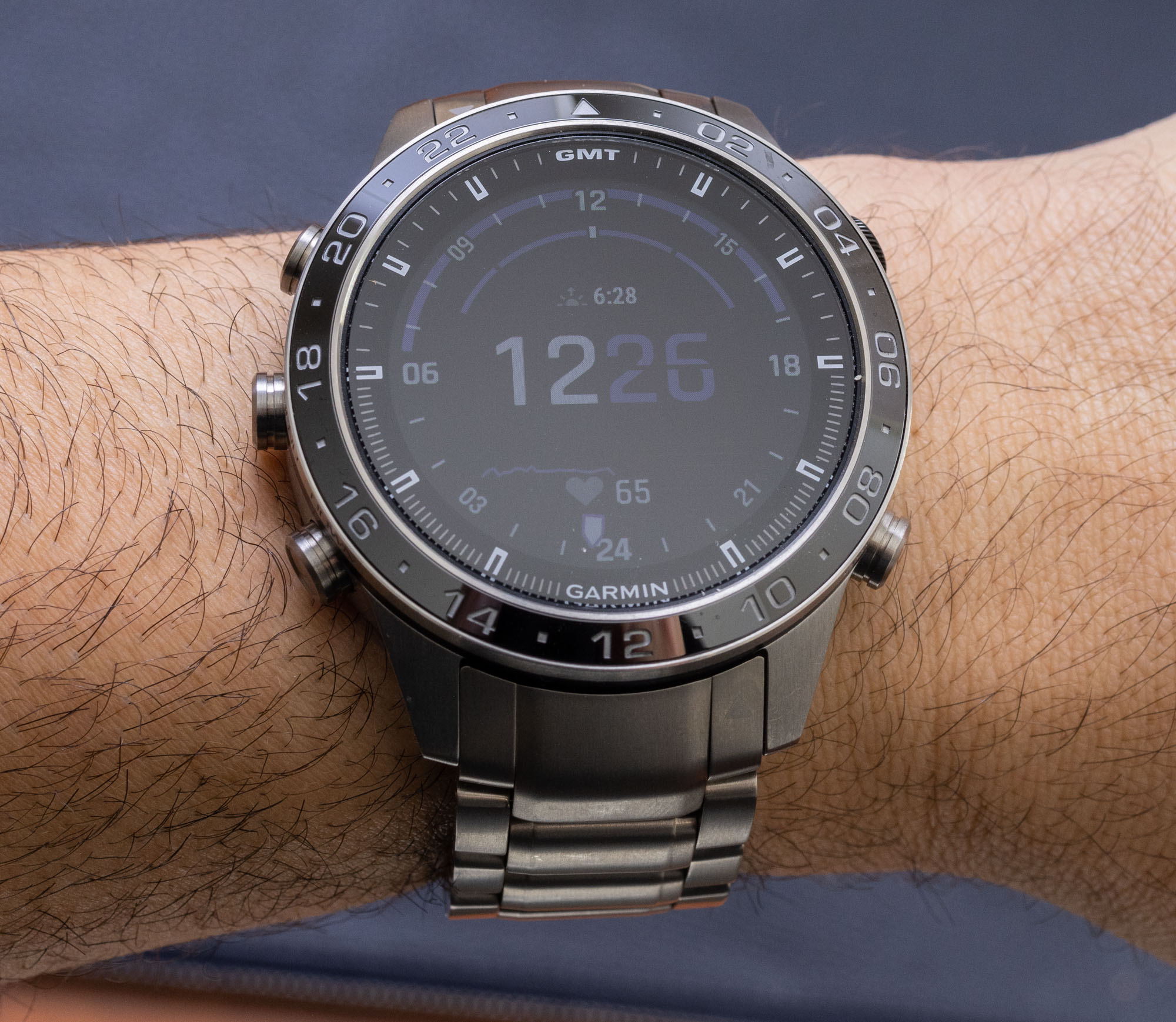
One of the things I did notice was a marked improvement in the quality and variety of optional watch faces that come pre-loaded on the MARQ Gen 2. Indeed, Garmin has an app store where you can download a variety of other watch faces, but I find it important to focus on the pre-loaded array of options since that is what most people will experience. While there is still more refinement that can be done, Garmin’s designers have started to come up with some truly fun watch faces that make good use of both analog and digital display styles. The system offers robust customization, allowing users to adjust minor things like accent colors and the information displayed in particular boxes or windows. Some might feel that there are too many customization and dial options available, but I liked sorting through the options and seeing how much Garmin’s visual interface designers have improved the look of the smartwatch faces.
So, what has changed between the MARQ Generation 1 and Generation 2? The biggest change is the screen. For the MARQ Gen 2, Garmin adopts an AMOLED touchscreen. The previous MARQ did not have a touchscreen, and now it does, which is probably a good thing. By default, the touchscreen is turned off for various exercise and activity features. As is with most things in the Garmin universe, however, you can customize the experience to your exact wishes.
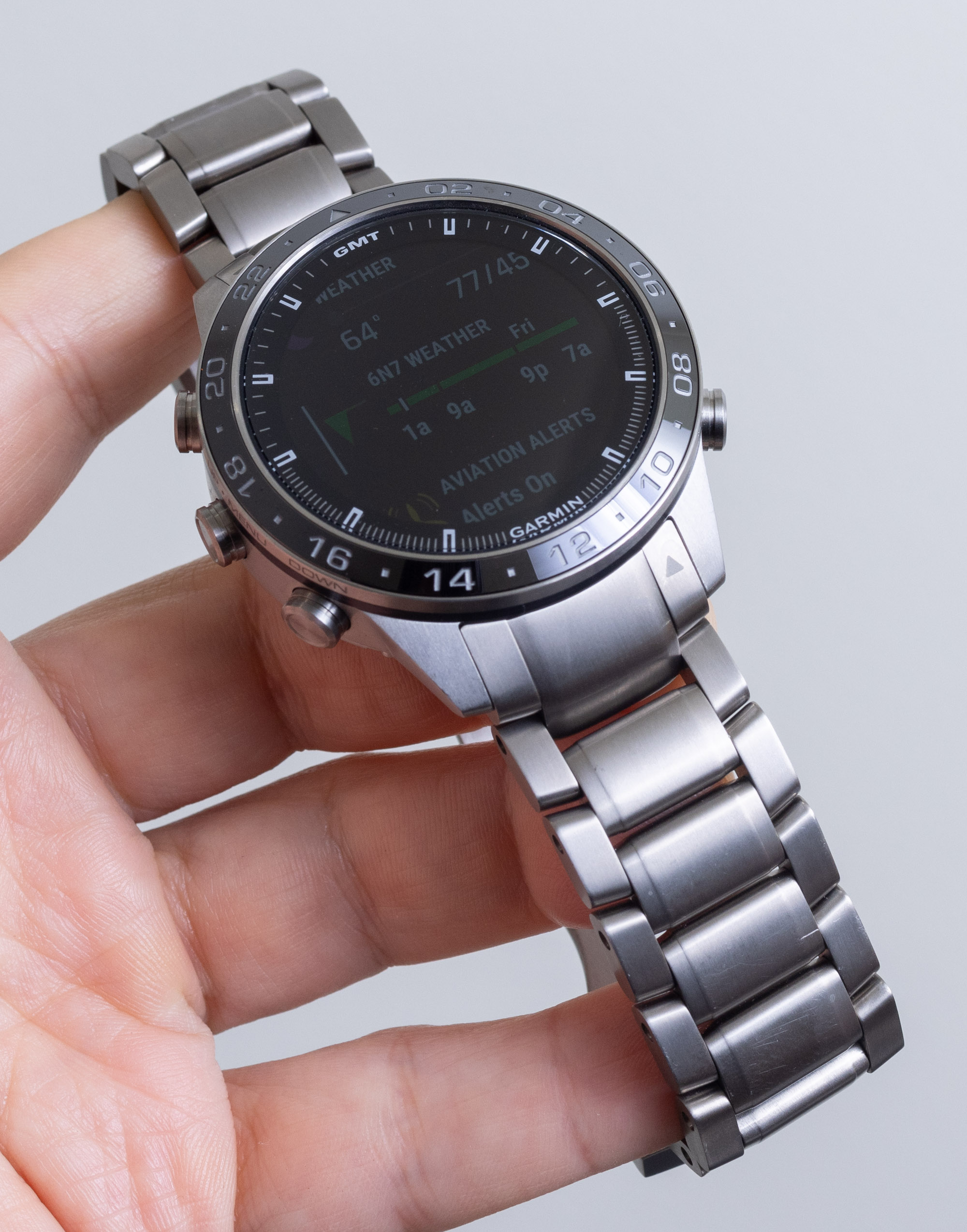
Garmin still offers the MARQ with five case pushers that allow you to do almost anything you can with the touchscreen. I happen to like the multiple ways of interacting with the watch because it not only offers more flexibility in how you want to interface with the product, but from a software perspective, this level of input options gives programmers more choice and freedom to create useful applications. The new MARQ Gen 2 watches also have some updated internals including 32GB of onboard storage memory.
Battery life is still very impressive, with Garmin boasting six days of normal usage with the always-on screen activated. That’s several times longer than most of the competition. Without the always-on display in “smartwatch” mode (presumably with Bluetooth and not GPS), the MARG Gen 2 is rated for up to 16 days of use. If you have “all satellite systems” on with other connectivity you will still get around 9 full hours of battery life. Practically speaking, if you are wearing the MARQ Gen 2 for daily exercise/fitness tracking and smartwatch features, you should easily get close to six days of use prior to needing a recharge.
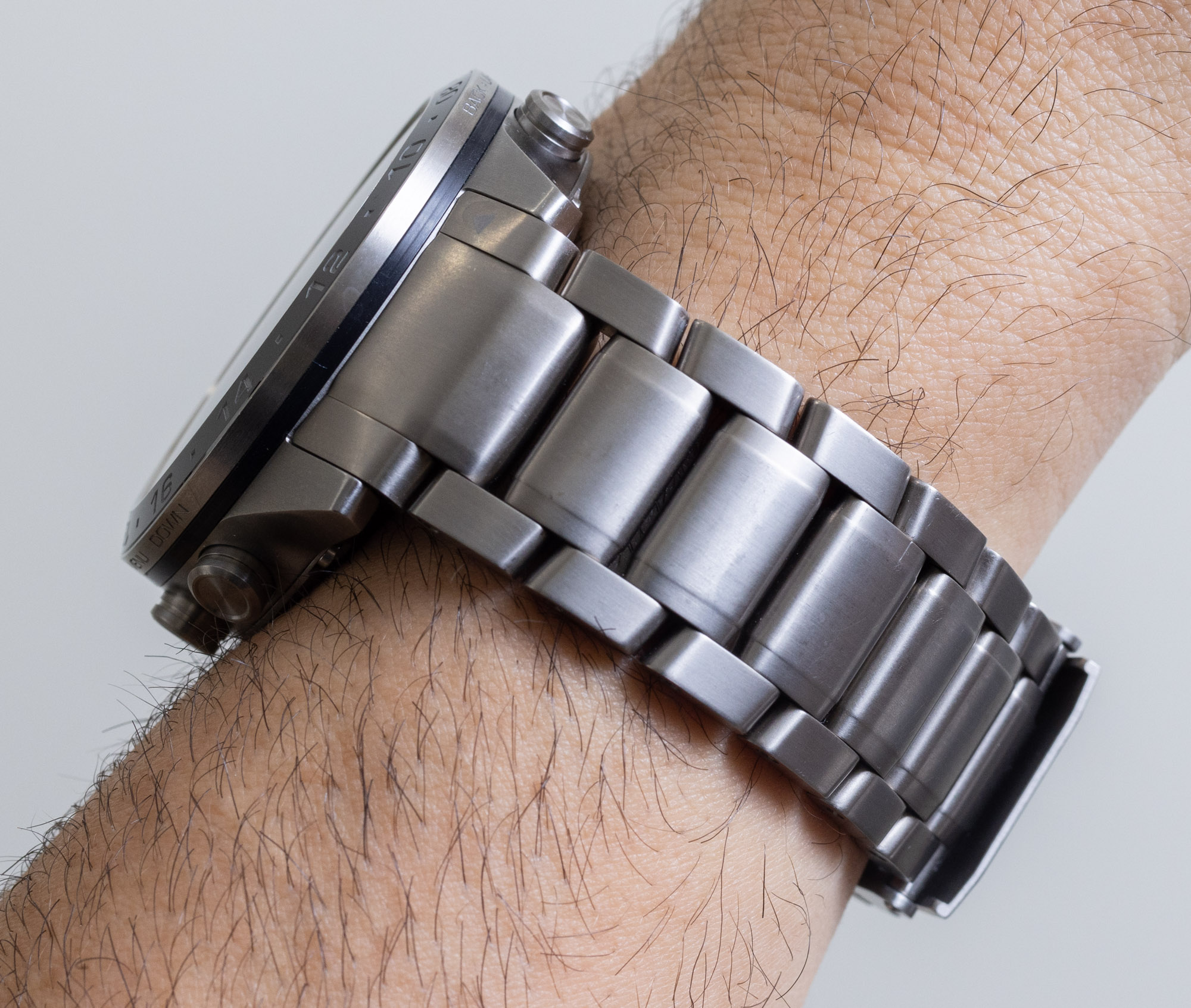
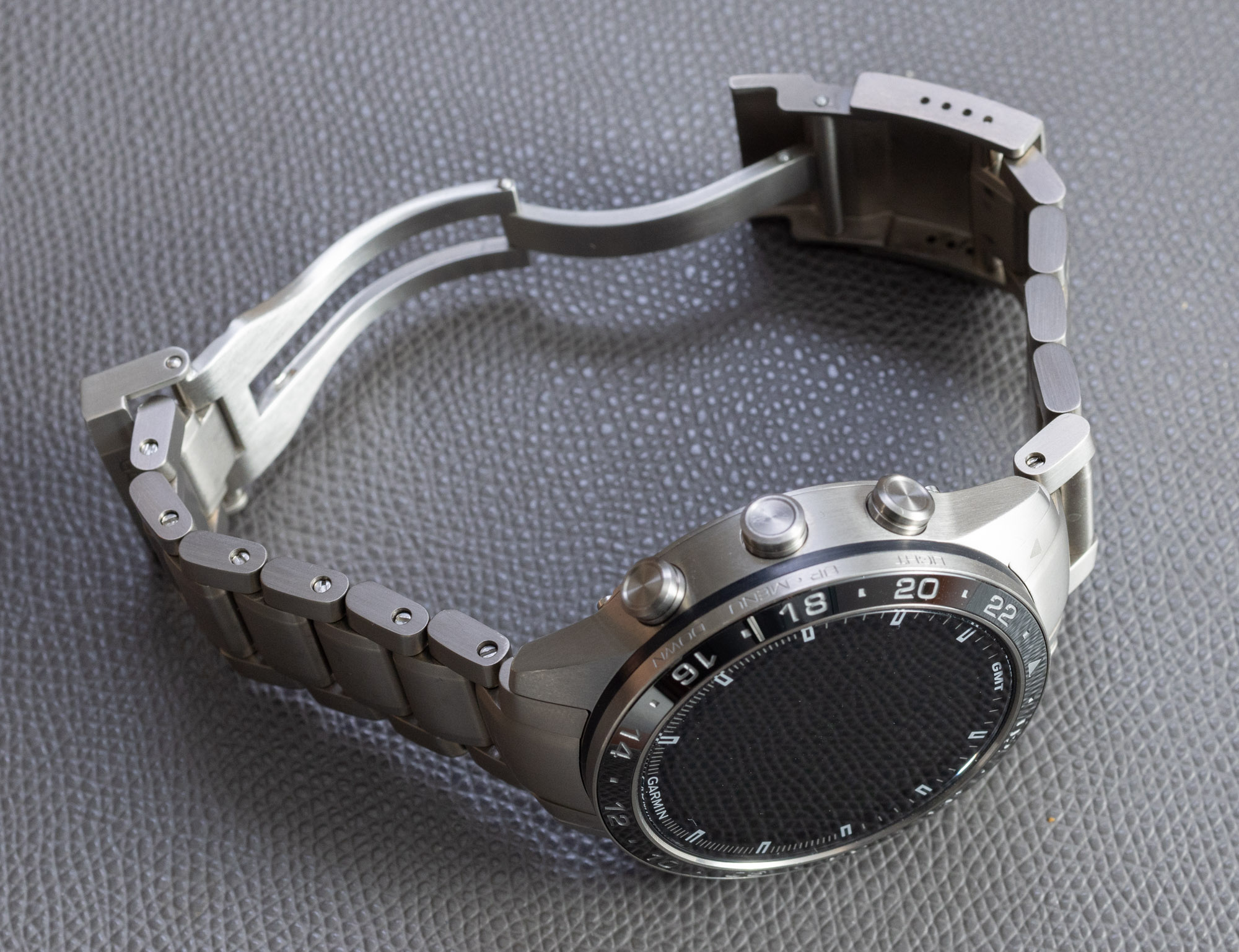
Garmin’s real strengths are GPS navigation and advanced fitness/activity tracking. Garmin is a GPS specialist, so it makes sense that its best watches will do excellent in this department. This naturally flows into mapping and navigation, which are also extremely strong areas for Garmin smartwatches (provided you learn how to use the various features). I love the pre-loaded mapping software, as well as the precision ability of the watch to track your movements during various fitness activities. The case, of course, also has a precision heart-rate monitor and internal accelerometer. With all this onboard data about your movements and body activity, Garmin’s software can come up with a variety of interesting body metrics such as the “body battery” and stress tracking.
The Garmin MARQ Gen 2 case is fully packed with features and sensors but doesn’t seem to add much new over the first-generation product. The case is close to the same size as the original but has some small design updates and tweaks. At a glance, the products look the same, but there are enough small changes here and there for the MARQ Gen 2 to feel like a novel product. One of the small changes (for example) between the Gen 1 and Gen 2 Aviator is the markers between the numerals on the GMT 24-hour black ceramic bezel insert. On the MARQ Gen 1 Aviator, the markers between the numerals are sticks, and on the Gen 2, they are small squares.
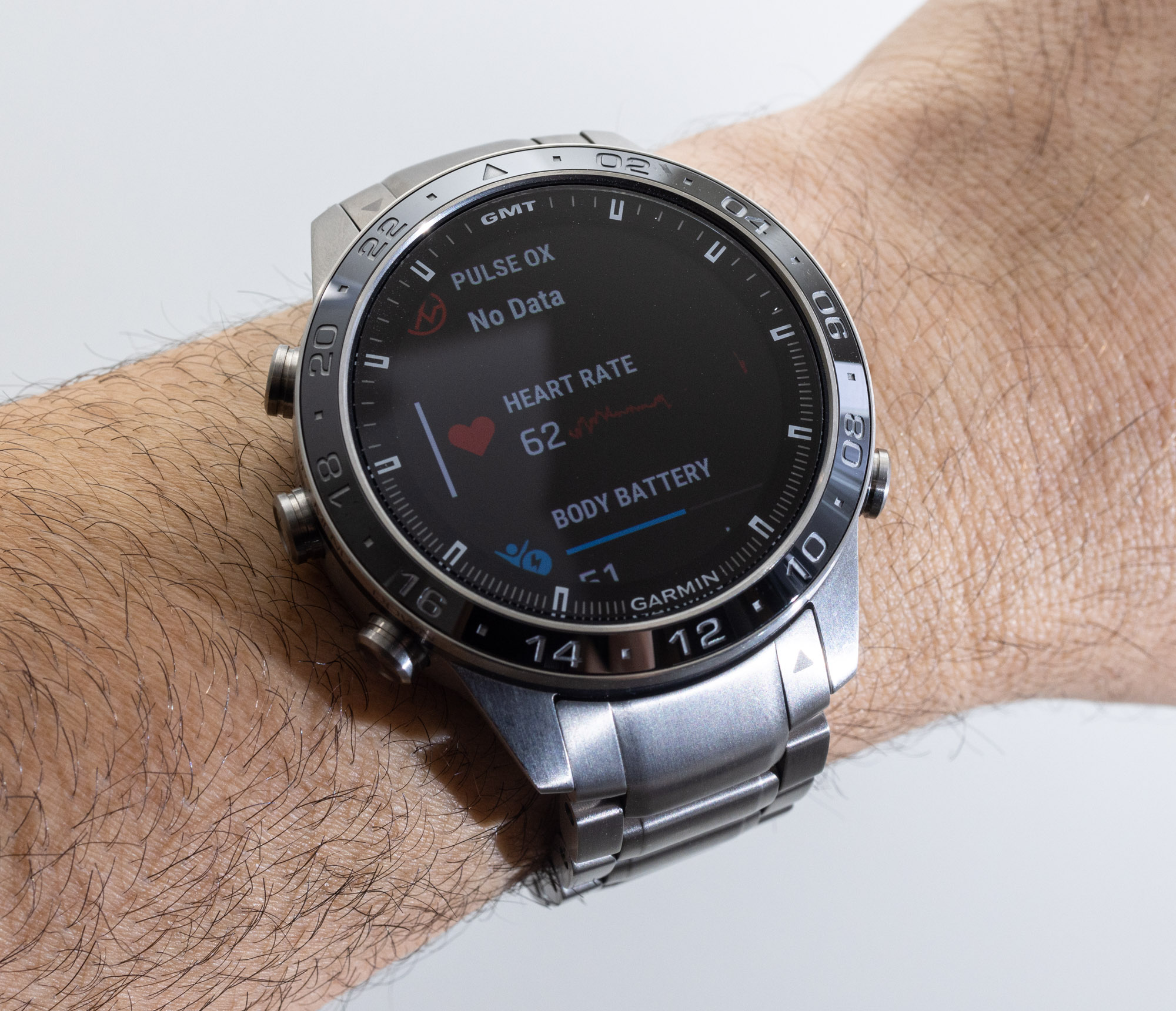
The Garmin MARQ Gen 2 watches are all 46mm-wide in titanium (though the color finishing and bezels vary between the models). The case is 15mm-thick with a roughly 51mm-long lug-to-lug distance. The watch wears a bit large on the bracelet, but there is an included silicone strap (or other straps) that helps it wear a bit more snugly on smaller wrists. Garmin has a handy quick-release system that makes it simple to swap out straps/bracelets on the MARQ watch family. One minor issue I noticed with the titanium bracelet was a less-than-precise fit with the bracelet’s end link and the lugs. The issue is really just related to the bracelet being produced with parts that have less tolerance for deviation. The MARQ Gen 2 watch case is water resistant to 100 meters, and over the screen is a flat sapphire crystal.
Another small change in this Generation 2 MARQ device is the charging cable. In addition to it being a USB-C connector, the part of the charger that connects to the smartwatch itself has been improved. It is now a rather snug magnetic attachment – and I think it is probably the best smartwatch charging cable I’ve seen from Garmin so far. Overall, the Garmin MARQ Gen 2 is a facelift to the original model that has enough features to get a lot of Gen 1 model owners to upgrade, and it also brings Garmin’s top-end smartwatch in line with the features from much of the competition. Pricing is still very much premium, but there is a lot of fancy engineering and technology that Garmin is able to offer. Prices for the Garmin MARQ Gen 2 start at $1,900 USD for the MARQ Athlete Gen 2. The Garmin MARQ Aviator Gen 2 with the ceramic bezel insert and matching titanium bracelet that I review here has a retail price of $2,300 USD. Learn more at the Garmin watches website.

